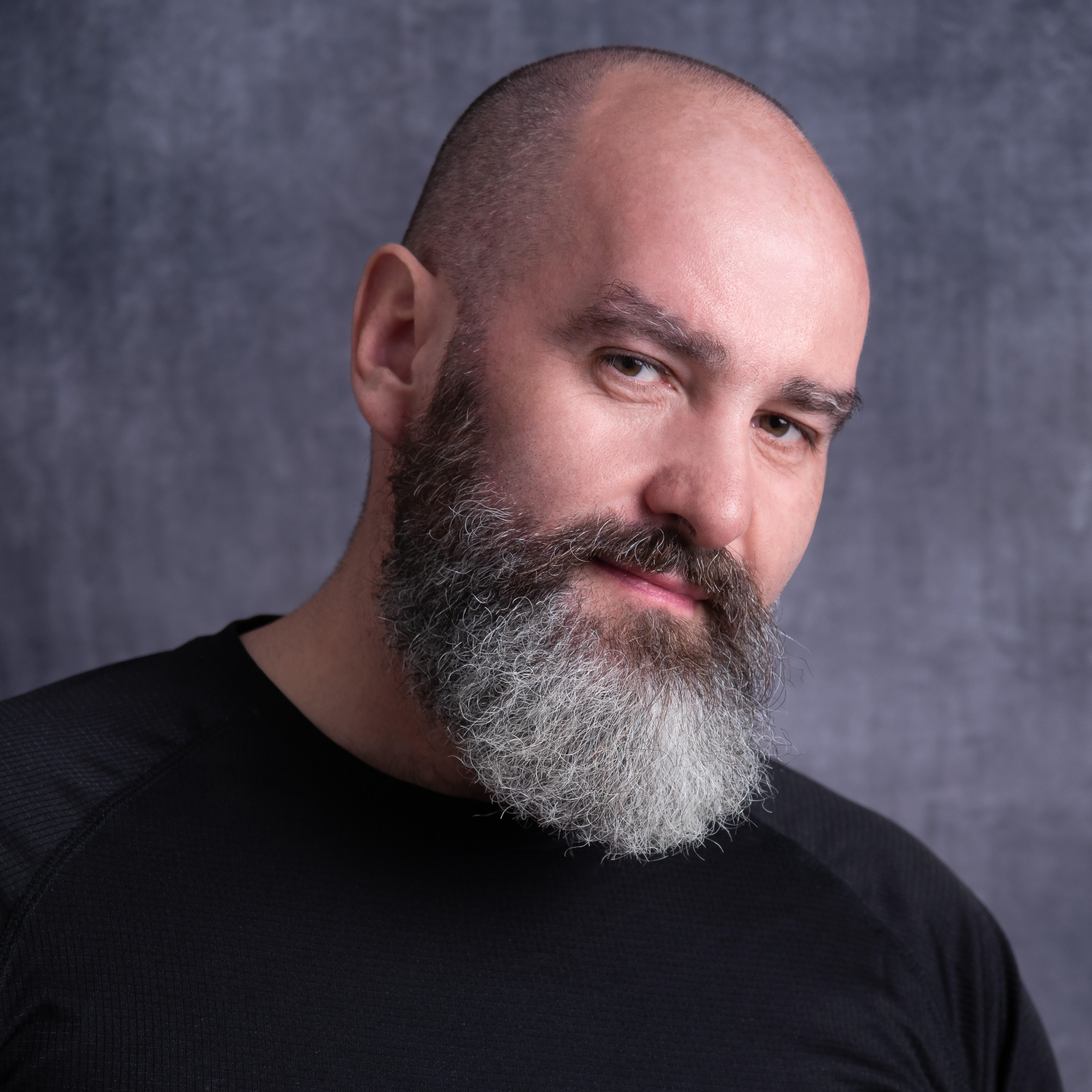The top technique for great portrait photography isn’t what you think
Lighting, lenses, and location are worth nothing in portrait photography if you don't have the secret ingredient

There’s a lot to getting a great portrait. First you need them to have suitable clothes. Heavily patterned clothes can look amazing in photos, but those photos are about the clothes. For portraits, ‘the clothes maketh the man’ or the woman. Think of the difference the clothes make when Taron Egerton dons the suit in The Kingsman. But styling is only a small part of it.
The location can make a huge difference. Do you want to be in the woods? By a beach? Maybe you’re imagining a posh hotel room or a huge conservatory. These all play into the story of your sitter. Giving them life and context. But again, this is only a part of the portrait.
Lighting can really drive the portrait. Do you want a moody and hard crosslight? Like action or detective posters? Maybe you want dramatic soft light, short lit to flatter the subject. Hollywood headshots of old might be your influence and you’re looking to recreate them in a modern way. All great, but only part of the portrait.
Your lens choice can make a huge difference. Platon for example uses a 80mm lens on medium format, which is roughly a 50mm on full frame. Most professional photographers would choose a 85mm on full frame to compress the features and flatter the face. Others intentionally use wide lenses in close to distort the face for unique portraits. Is it the top technique? No, but it is important.
Posing your sitter is really important. Coaching them to squinch as Peter Hurley would say. Getting a great jawline. Creating flattering flow in the body. All vital in the mix, but not the cream of the crop for making a great portrait.
So what is the top technique for great portraits? Well it’s nothing to do with gear, clothes or location. It’s getting your subject to relax and forget that there’s a camera there. It’s definitely a social skill. Draw them out. Talk about their day. Find common ground to talk about. Tell funny stories.
If you’re not confident in conversation, practise it, exactly like you practise photography. The camera should be secondary to the conversation and used to capture connection. A connection you’ve created between the sitter and your shutter.
The best camera deals, reviews, product advice, and unmissable photography news, direct to your inbox!
Sean McCormack is a commercial, and editorial photographer, book author, and regular contributor to Digital Camera magazine based in Galway, Ireland. He has extensive experience with Lightroom, dating back to its original beta version, and has tried out just about every plugin and preset available. His latest book is Essential Development 3: 25 Tips for Lightroom Classic’s Develop Module.

